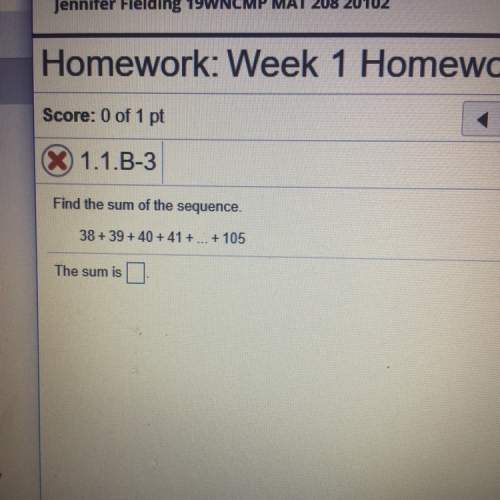
Mathematics, 27.07.2020 01:01 jalenevoyles
One column of numbers consists of 28, 42, and 14. When the digits of the
numbers are added together, the result is 2 + 8 + 4 + 2 + 1 + 4 = 21, and when
the digits of 21 are then added together, the end result is 2 + 1 = 3. If the
same process is performed on the numbers in a second column, what can be
concluded?
A. If the end result from the second column is not 3, then the sum of
the numbers in the first column is not equal to the sum of the
numbers in the second column.
B. If the end result from the second column is not 3, then the sum of
the numbers in the first column is equal to the sum of the
numbers in the second column.
C. If the end result from the second column is also 3, then the sum of
the numbers in the first column is equal to the sum of the
numbers in the second column.
D. If the end result from the second column is also 3, then the sum of
the numbers in the first column is not equal to the sum of the
numbers in the second column.

Answers: 2


Other questions on the subject: Mathematics



Mathematics, 21.06.2019 19:00, sciencegeekgirl2017
Write the pair of fractions as a pair of fractions with a common denominator
Answers: 3

Mathematics, 21.06.2019 19:10, dylancasebere
What is the quotient of m^6/5 ÷ 5/m^2? assume m does not equal pl
Answers: 1
You know the right answer?
One column of numbers consists of 28, 42, and 14. When the digits of the
numbers are added together...
Questions in other subjects:

Biology, 11.02.2020 08:28

Chemistry, 11.02.2020 08:28


Mathematics, 11.02.2020 08:28



Biology, 11.02.2020 08:29

English, 11.02.2020 08:30

Biology, 11.02.2020 08:31




